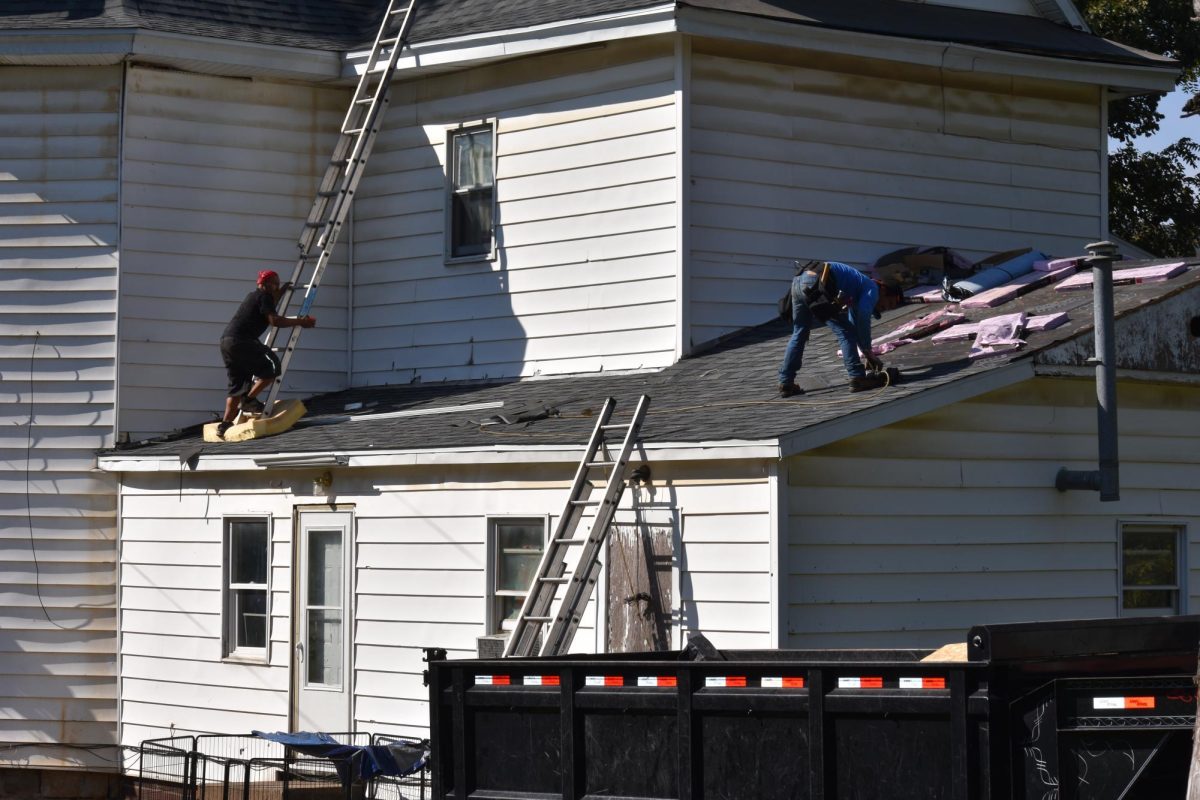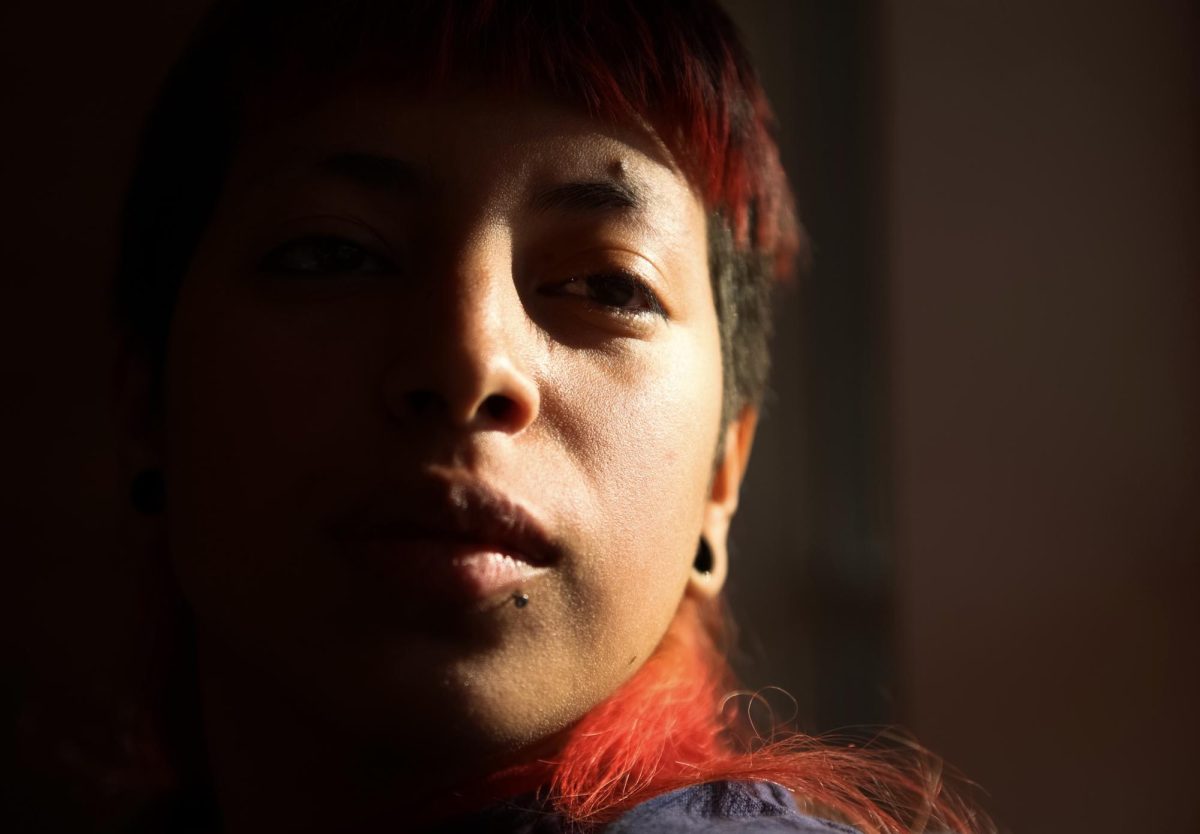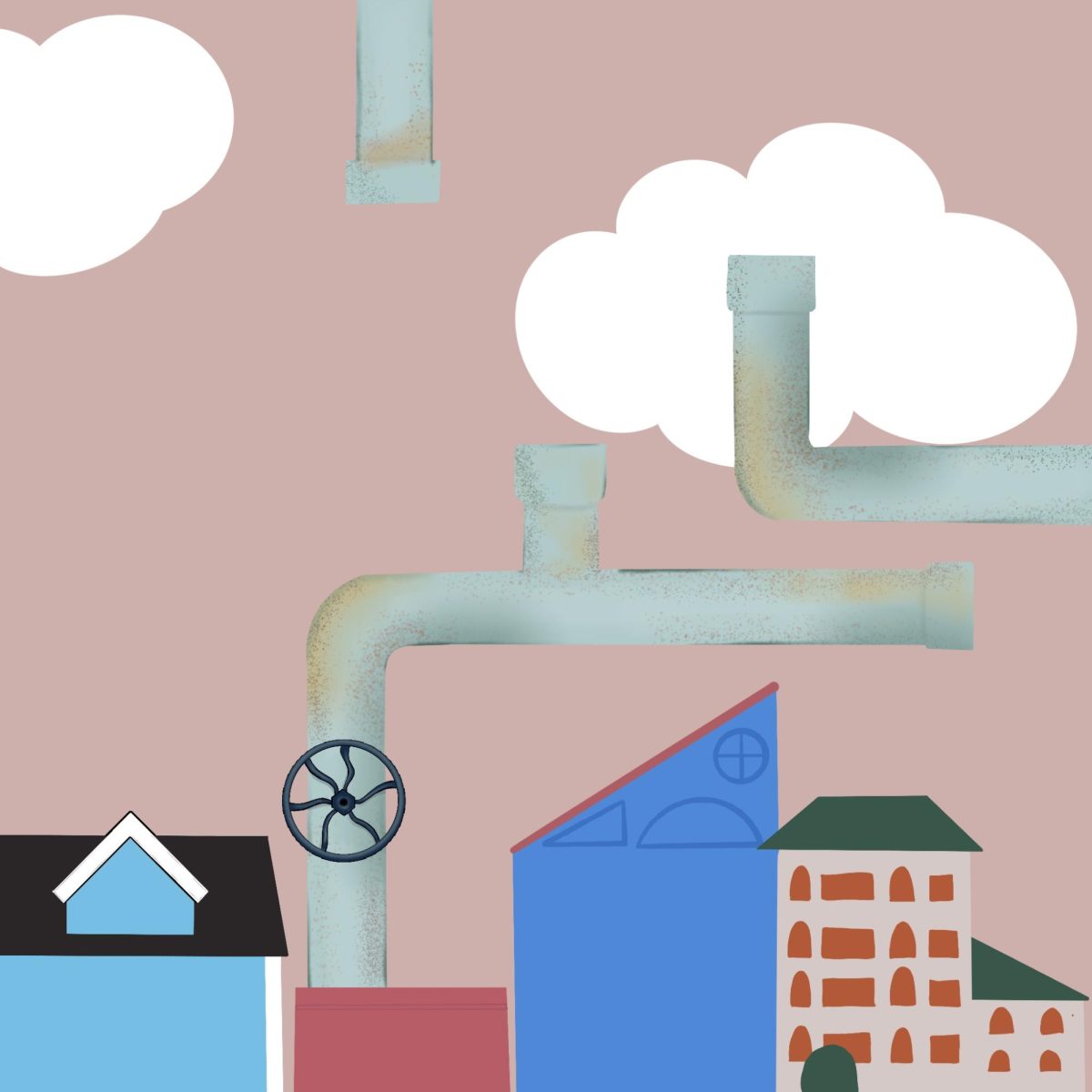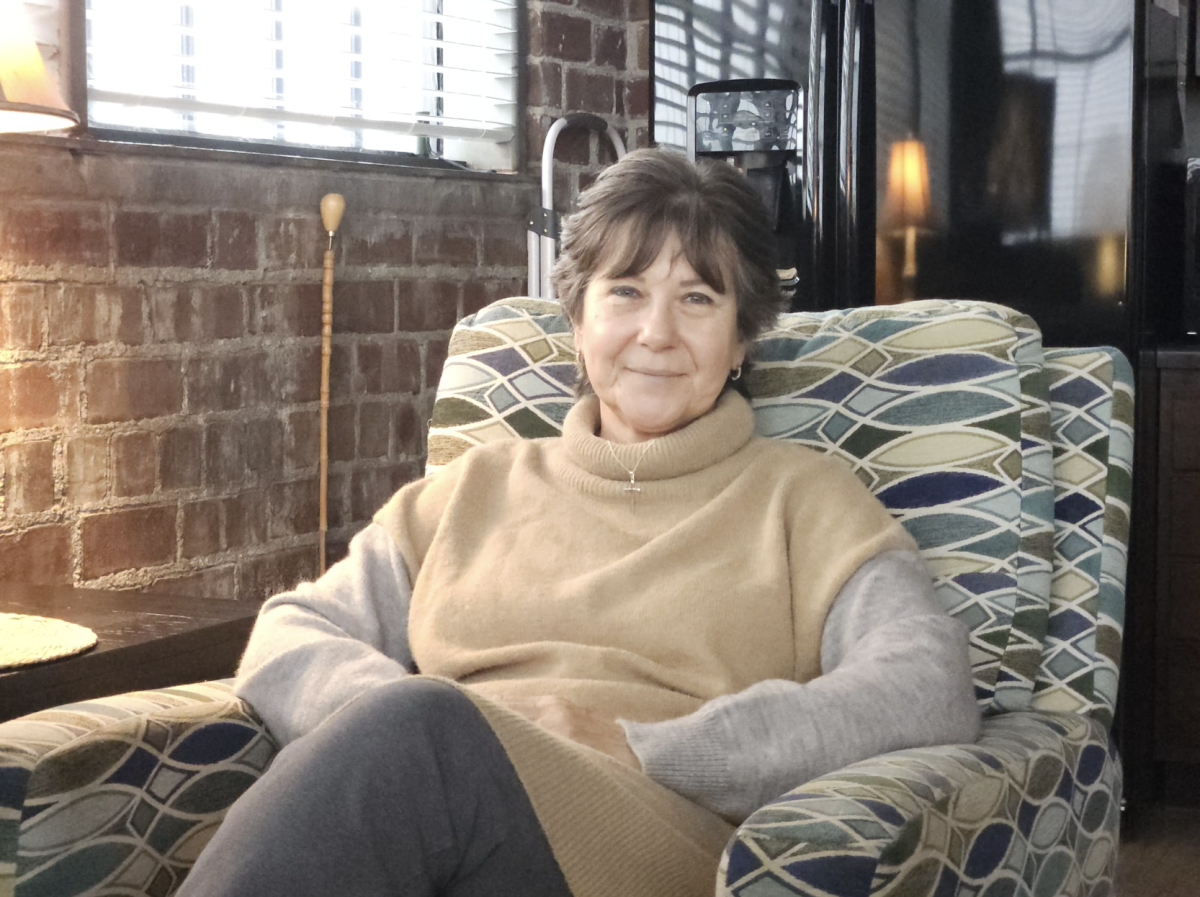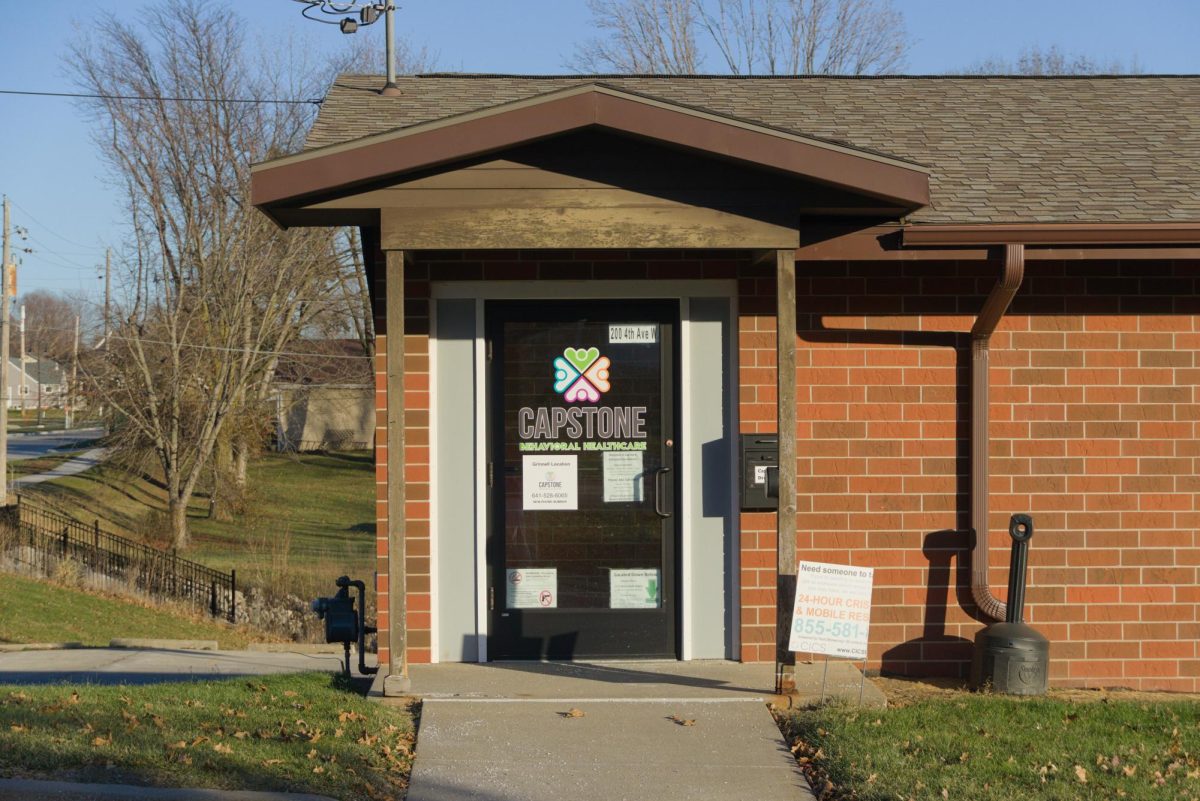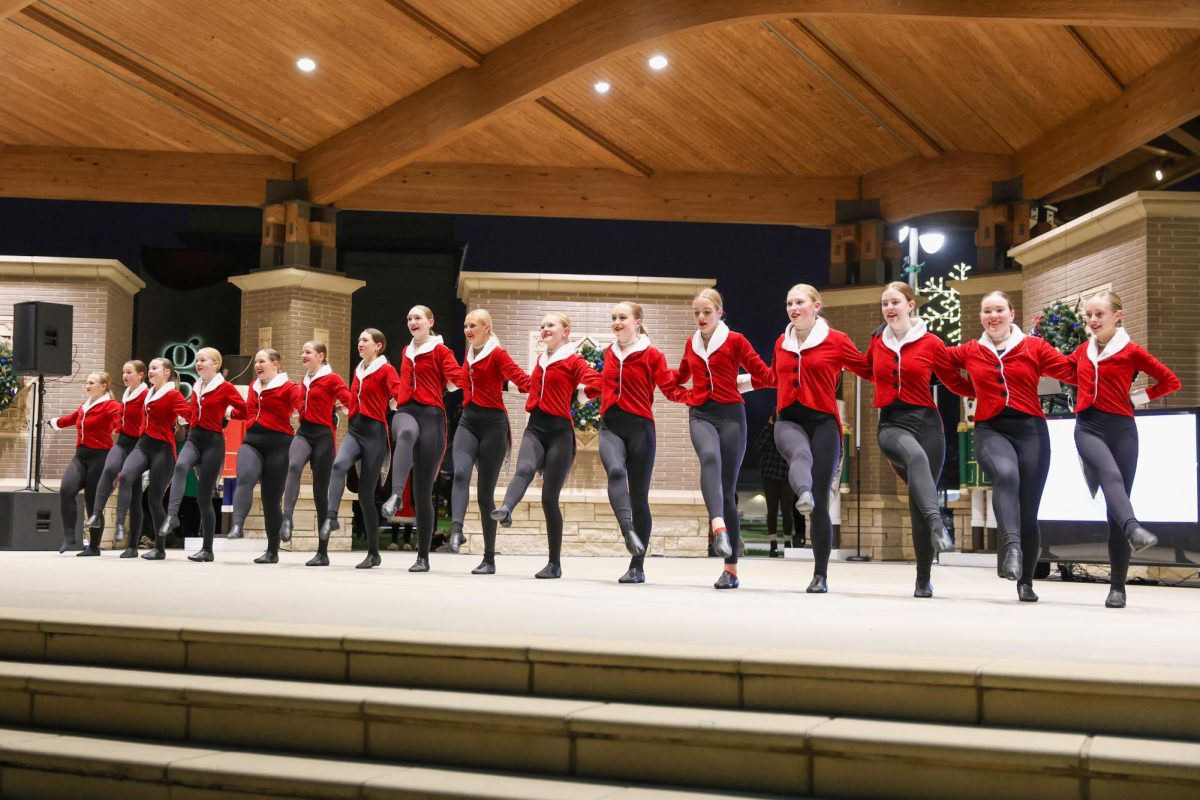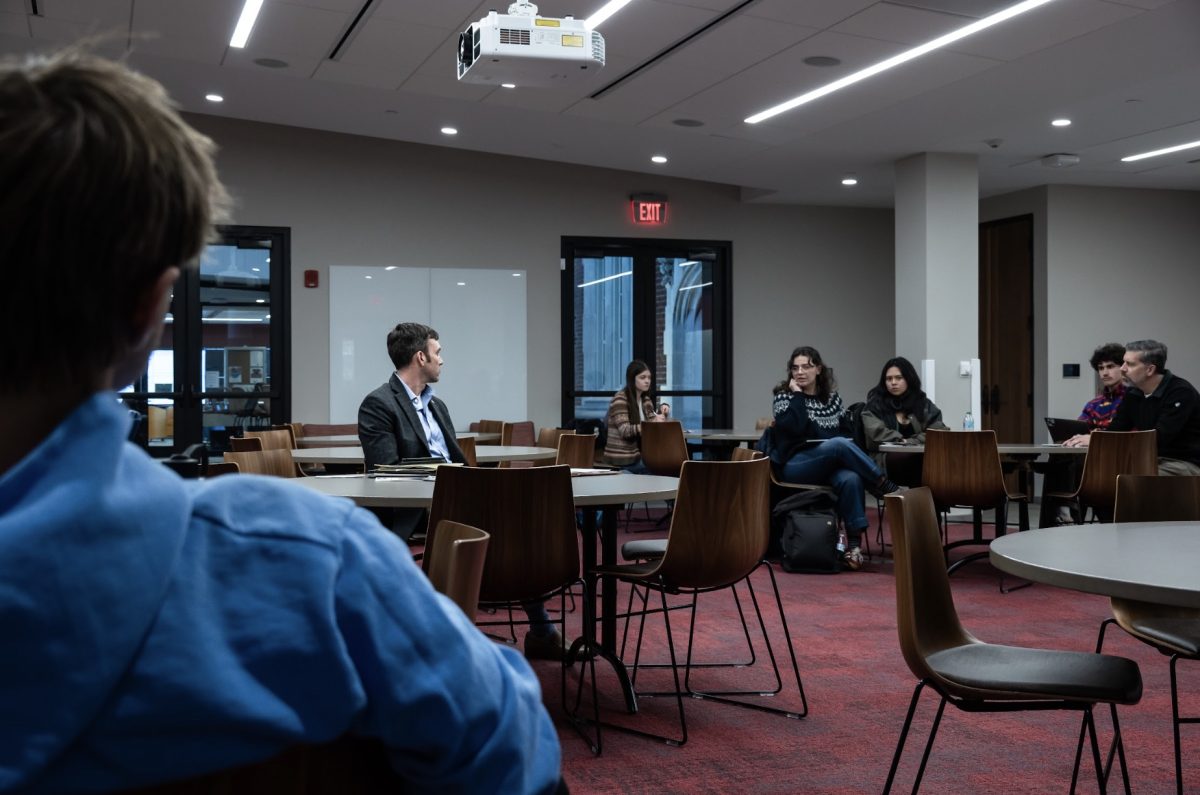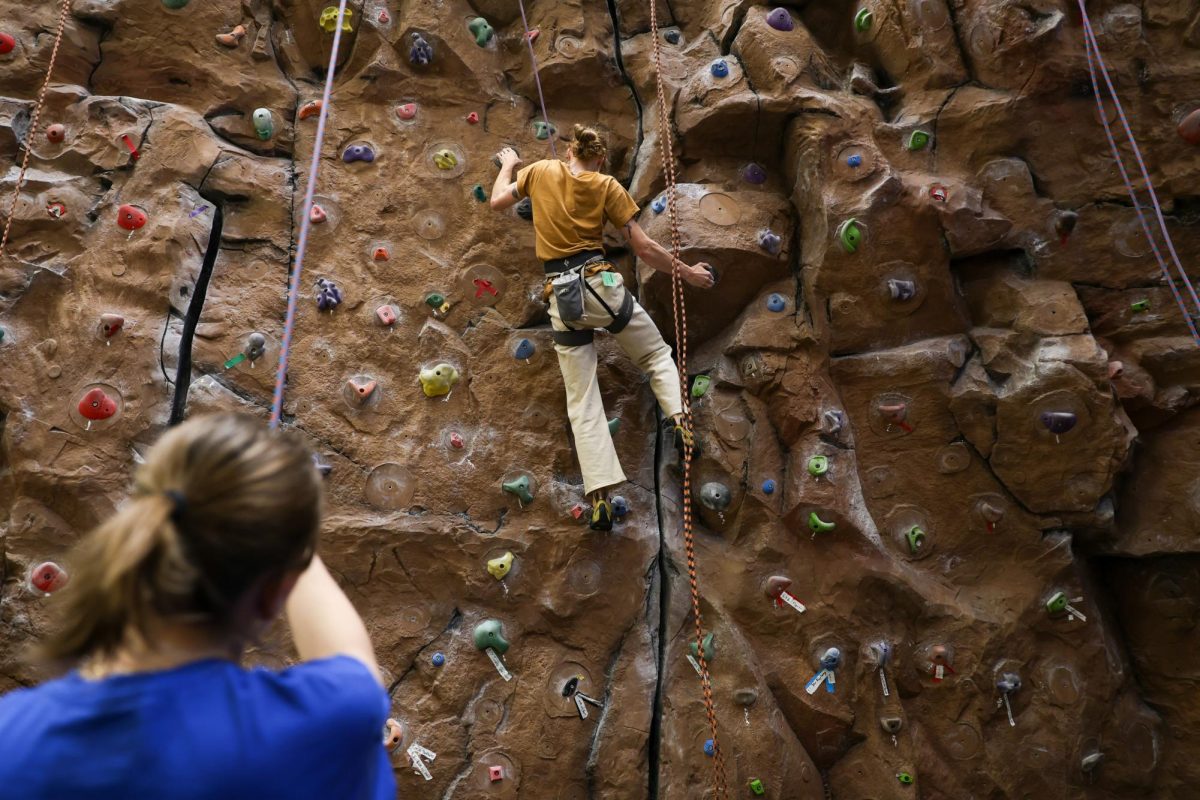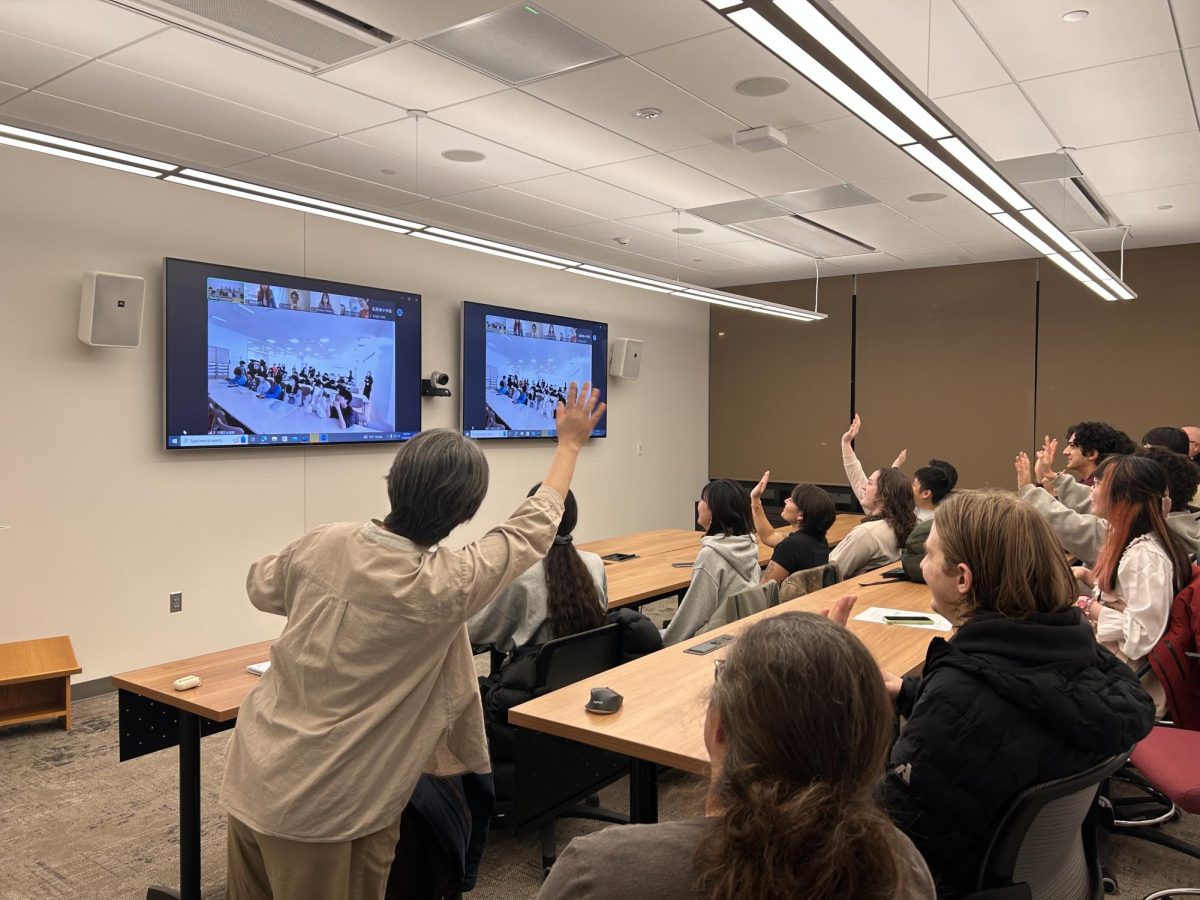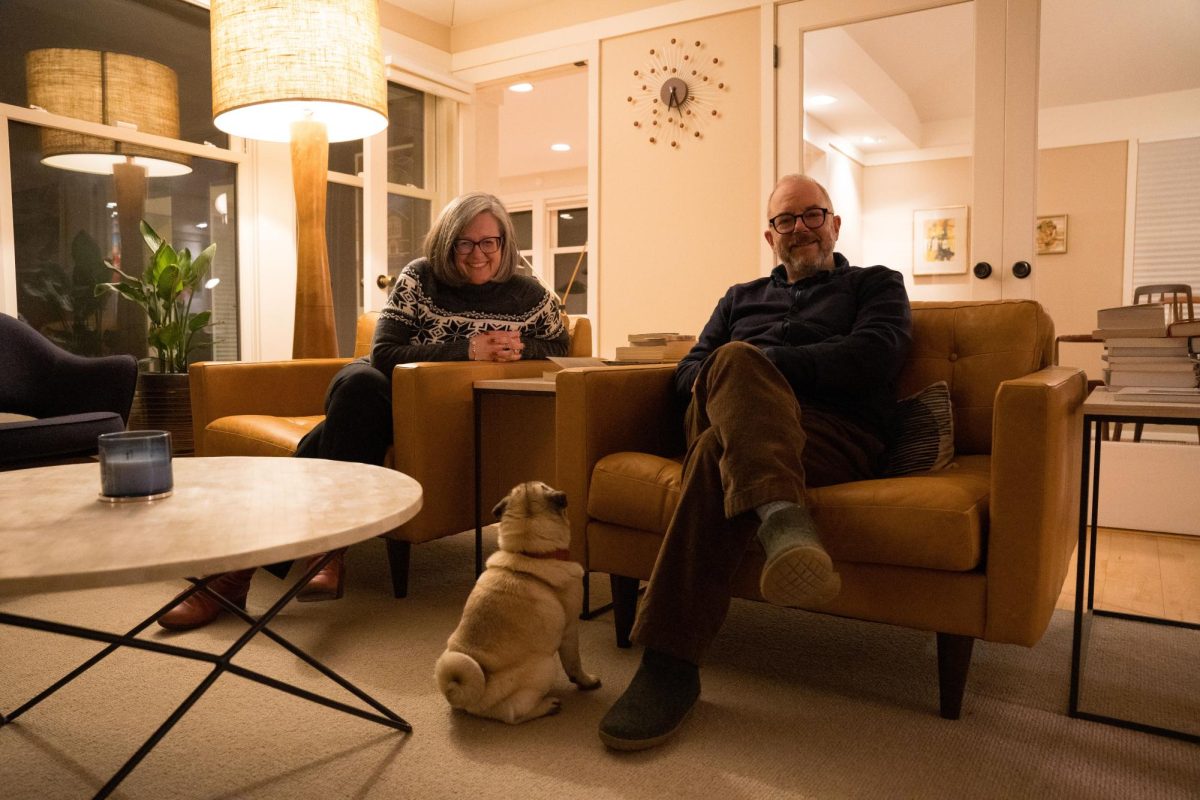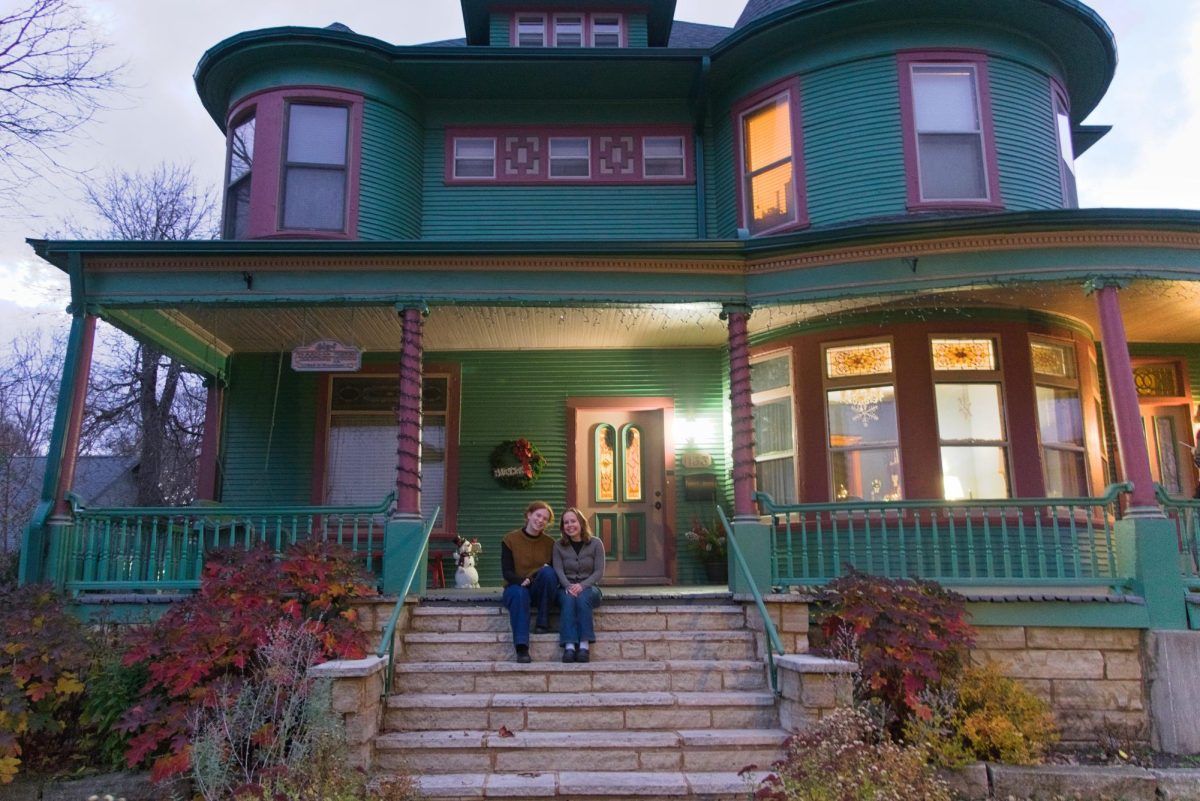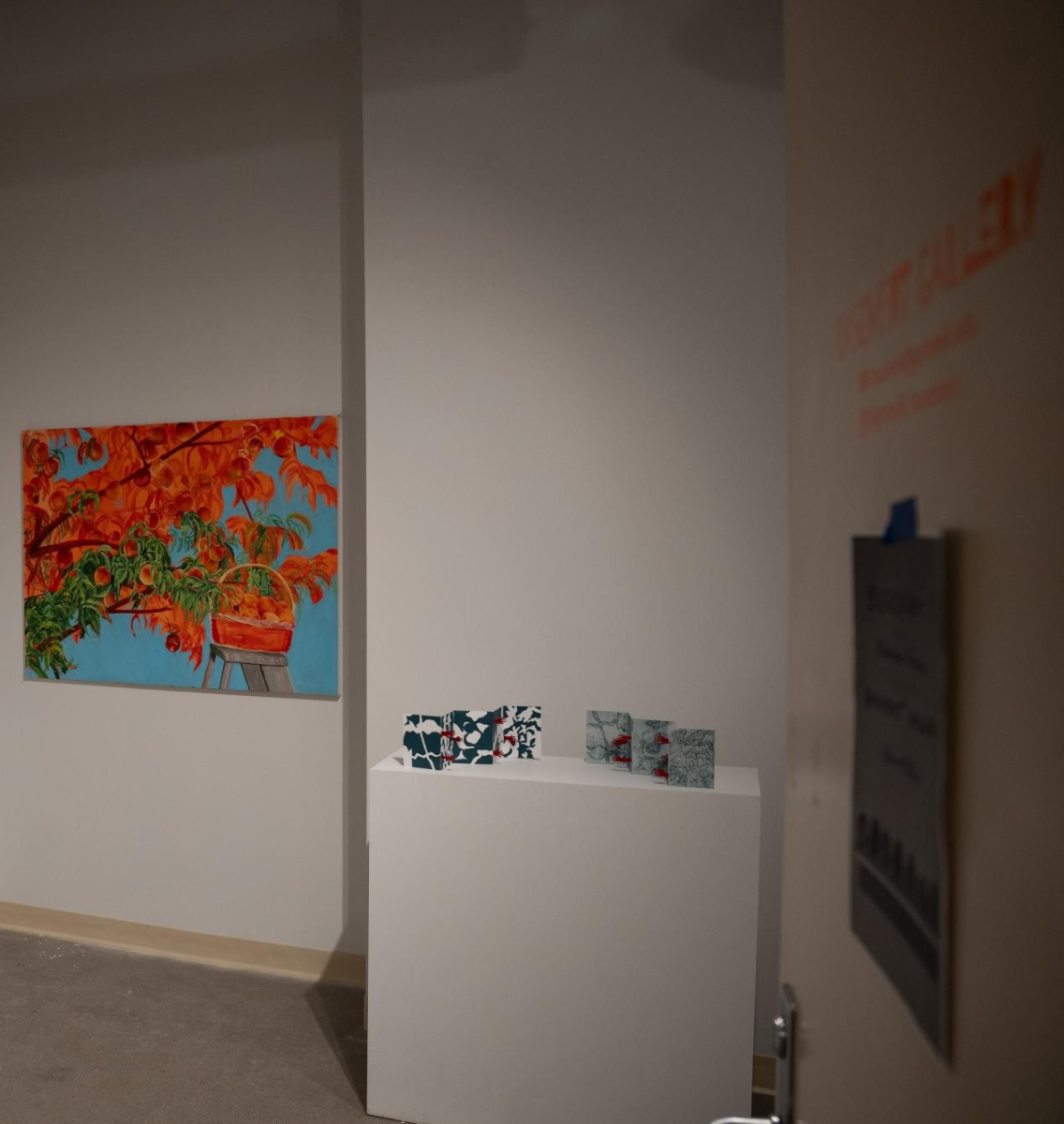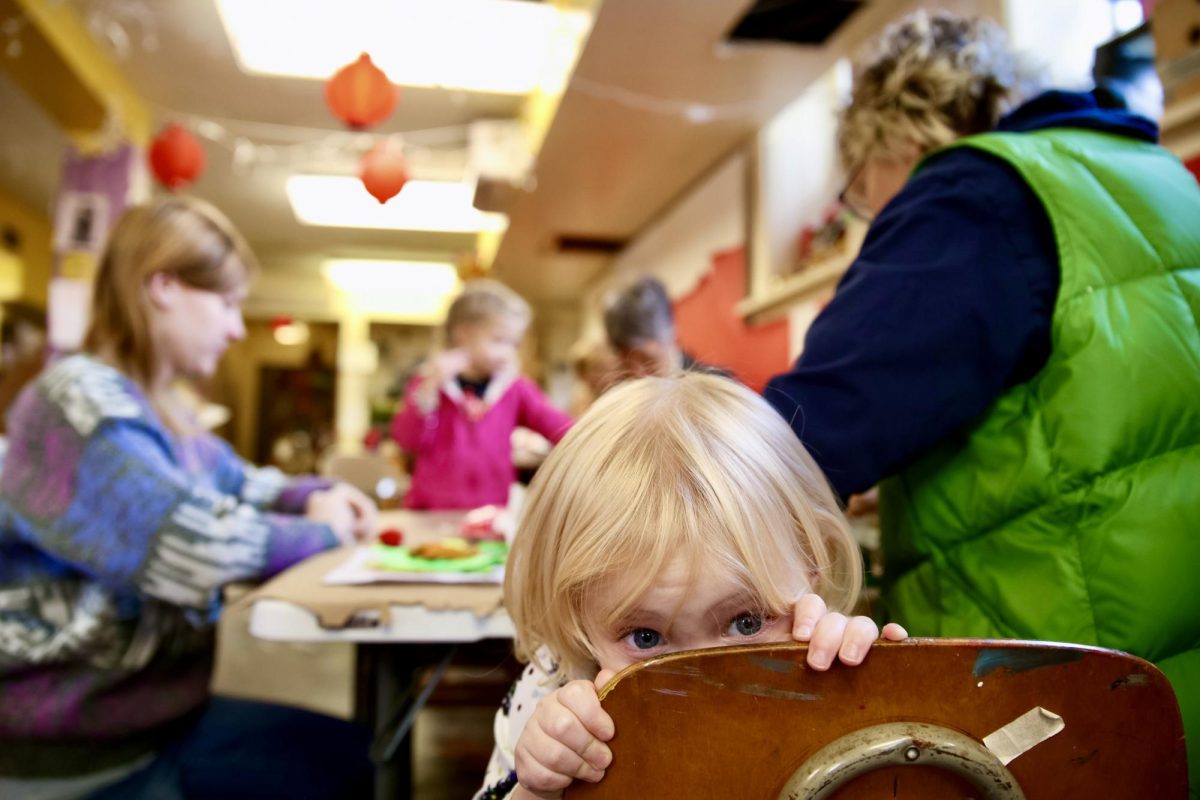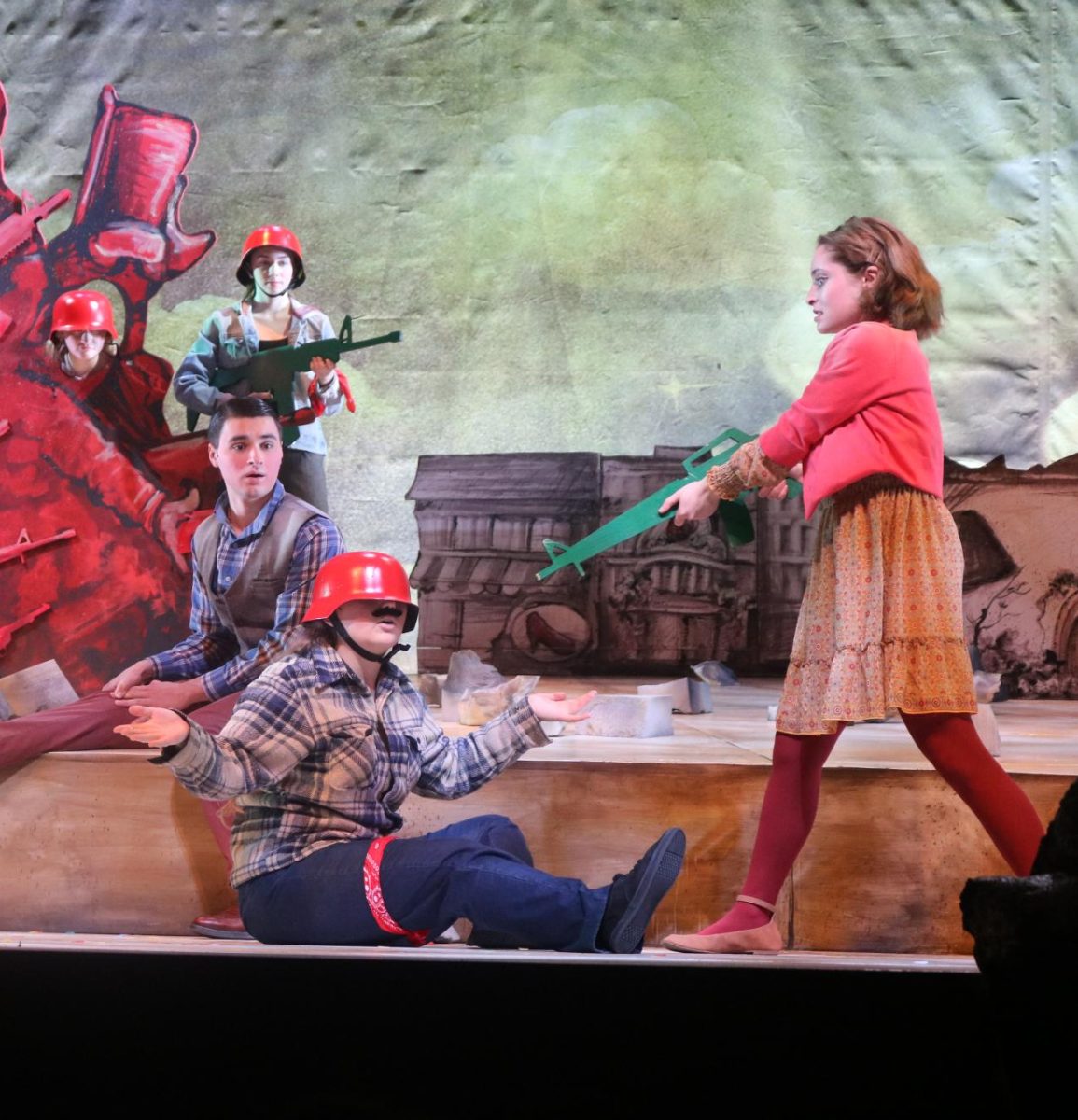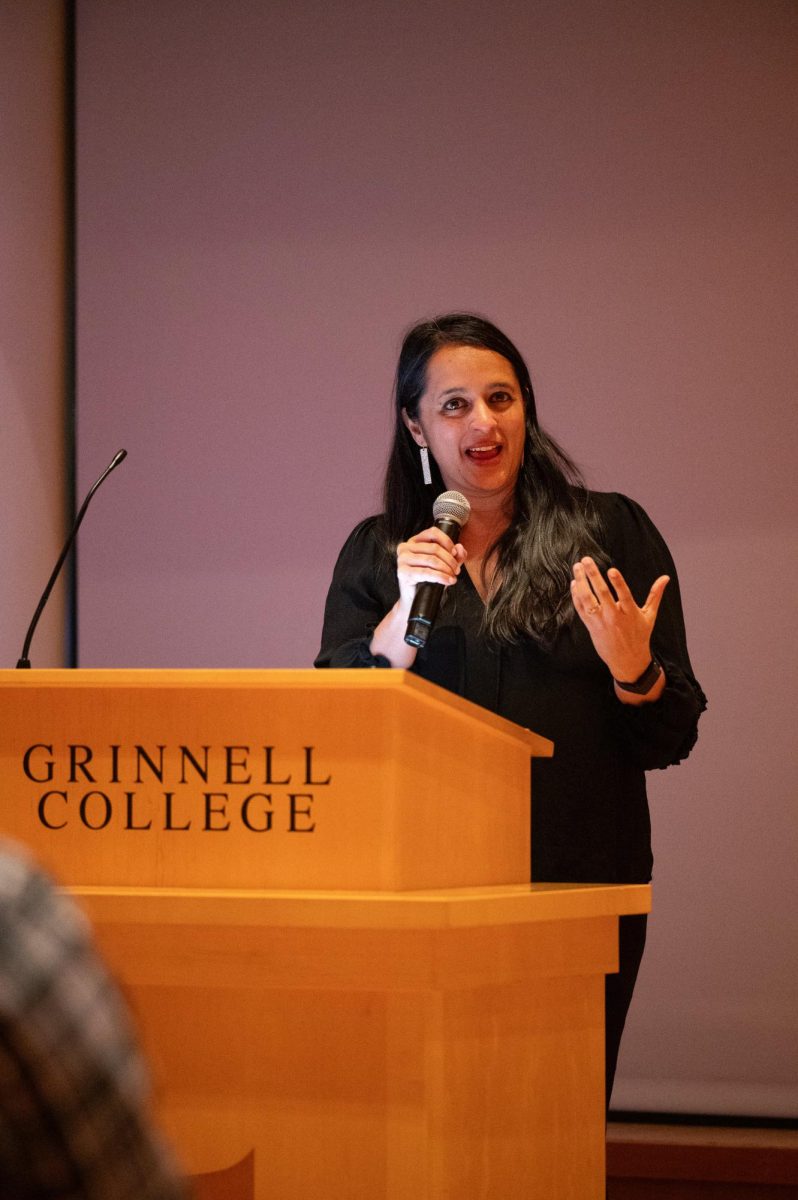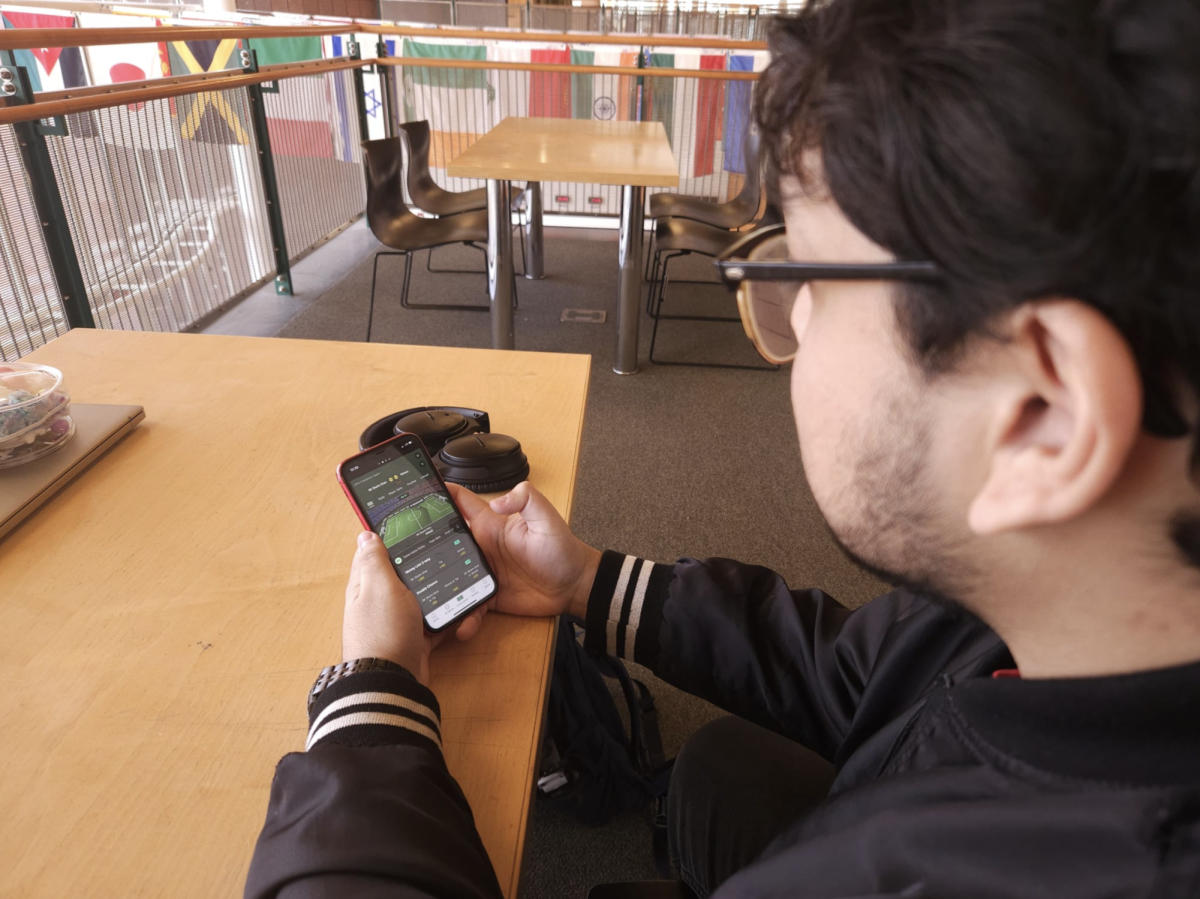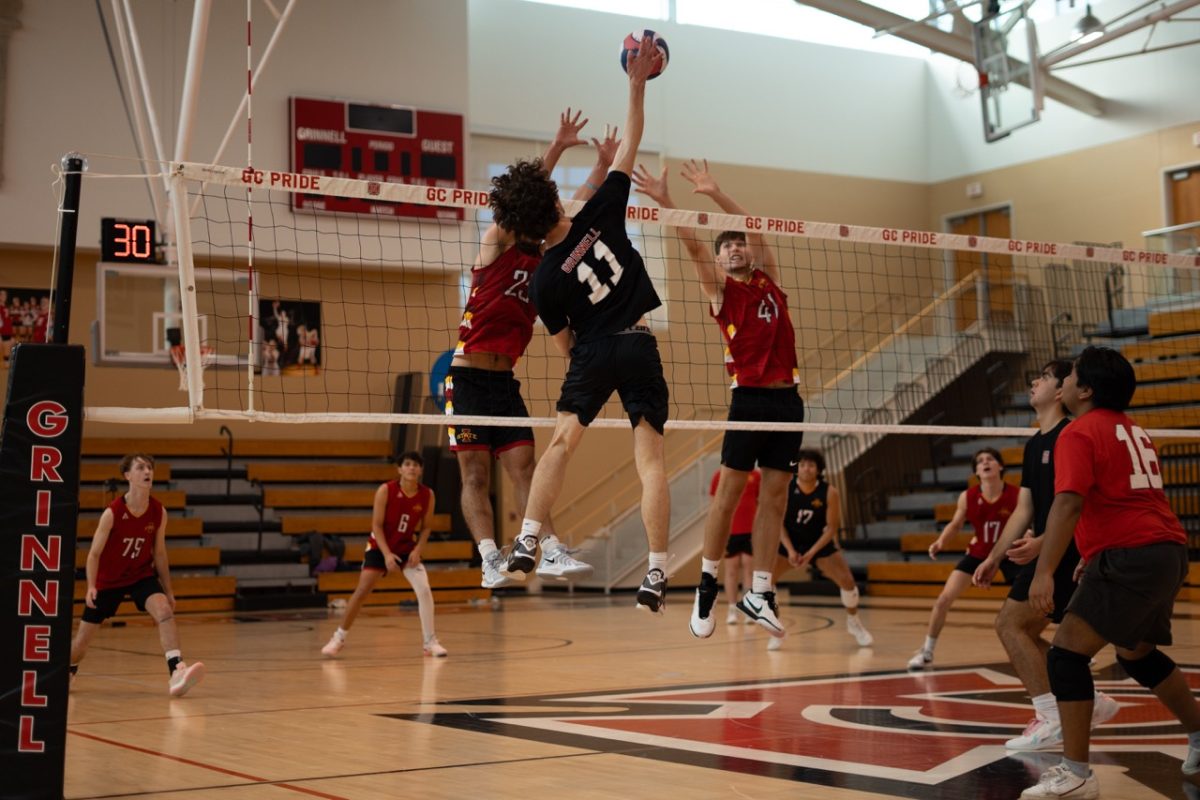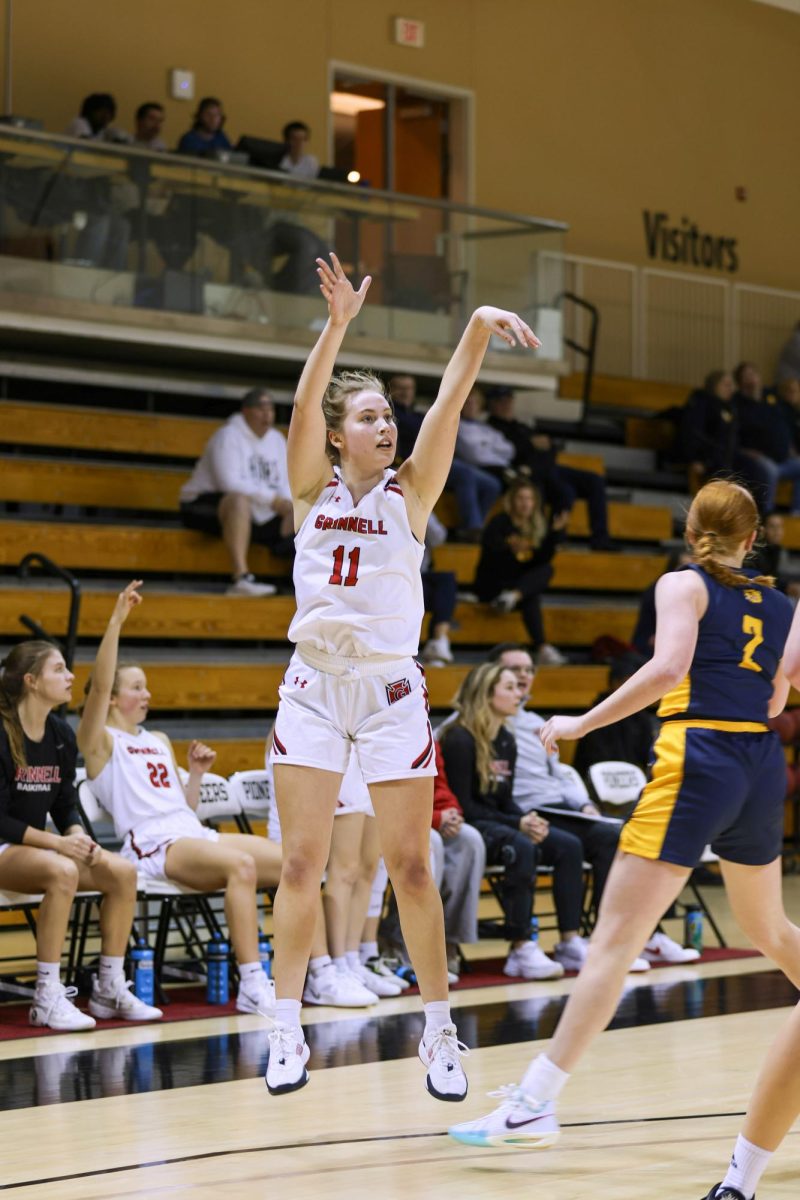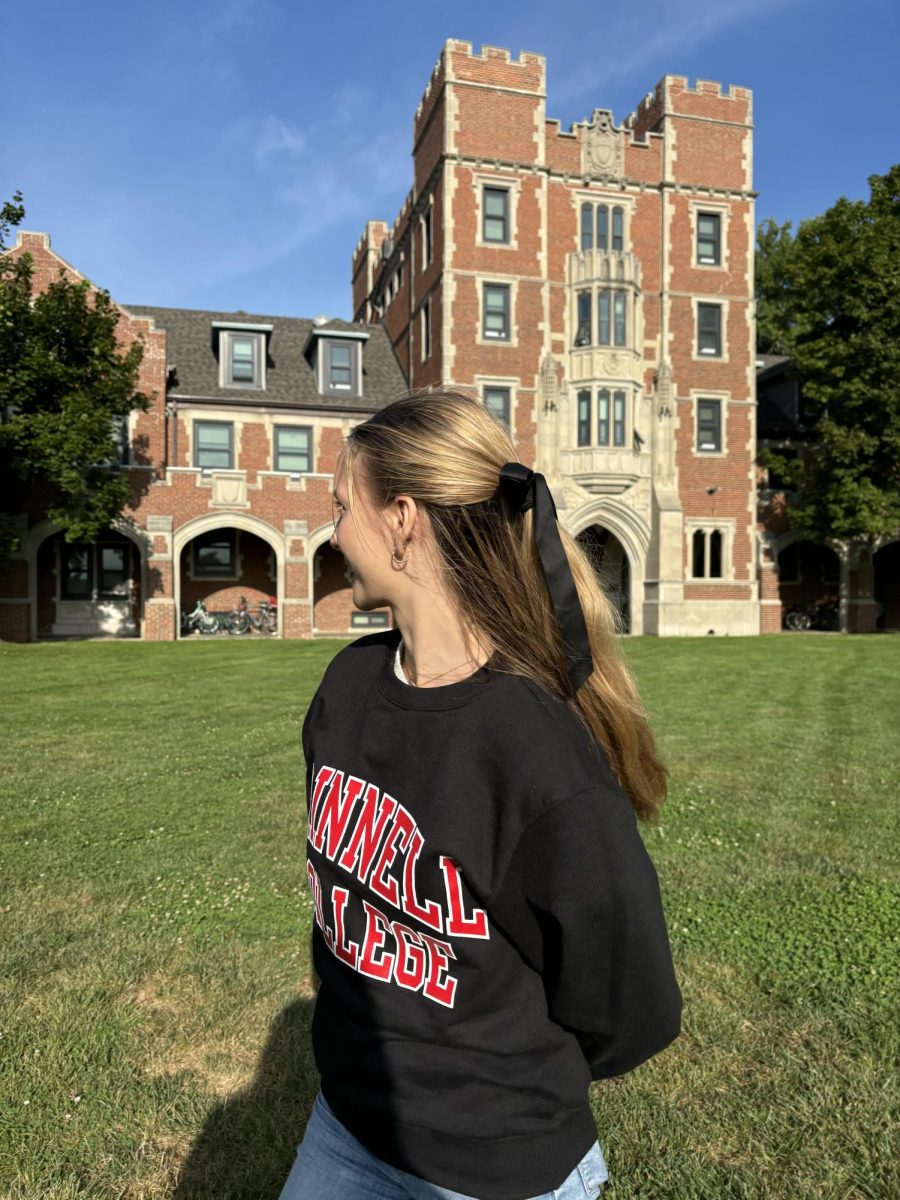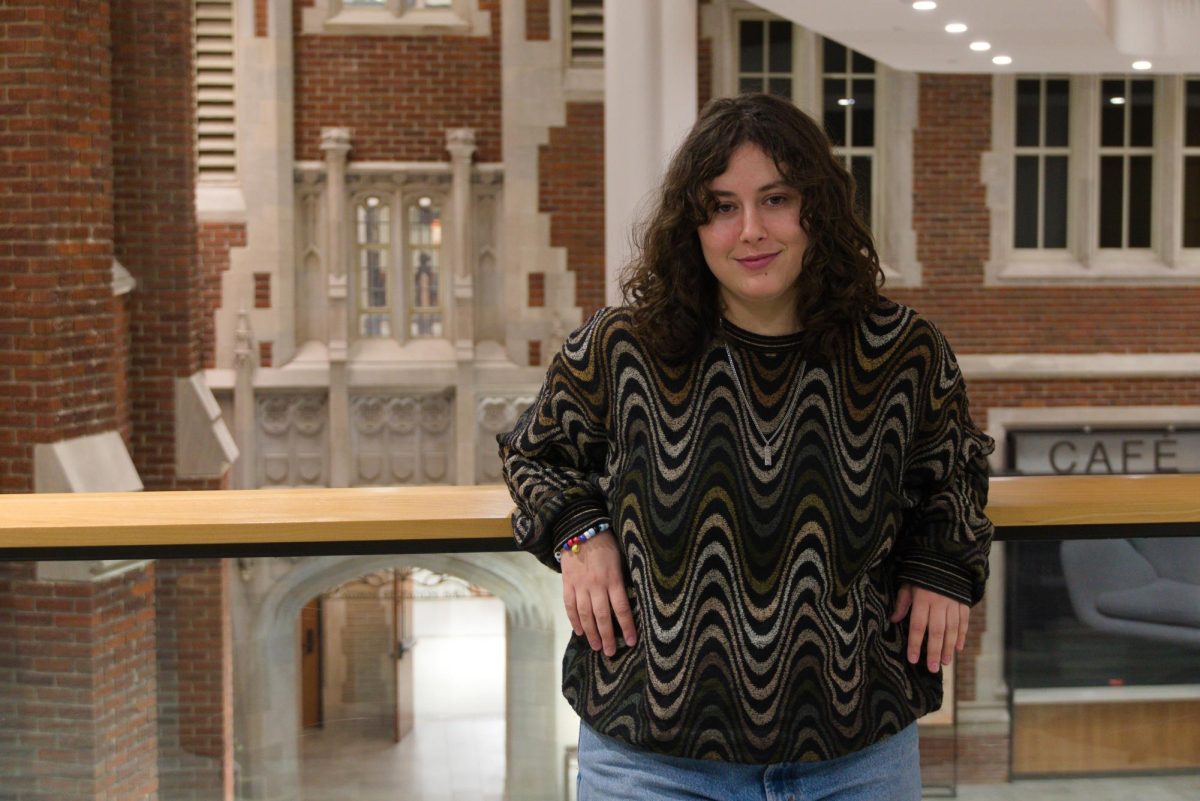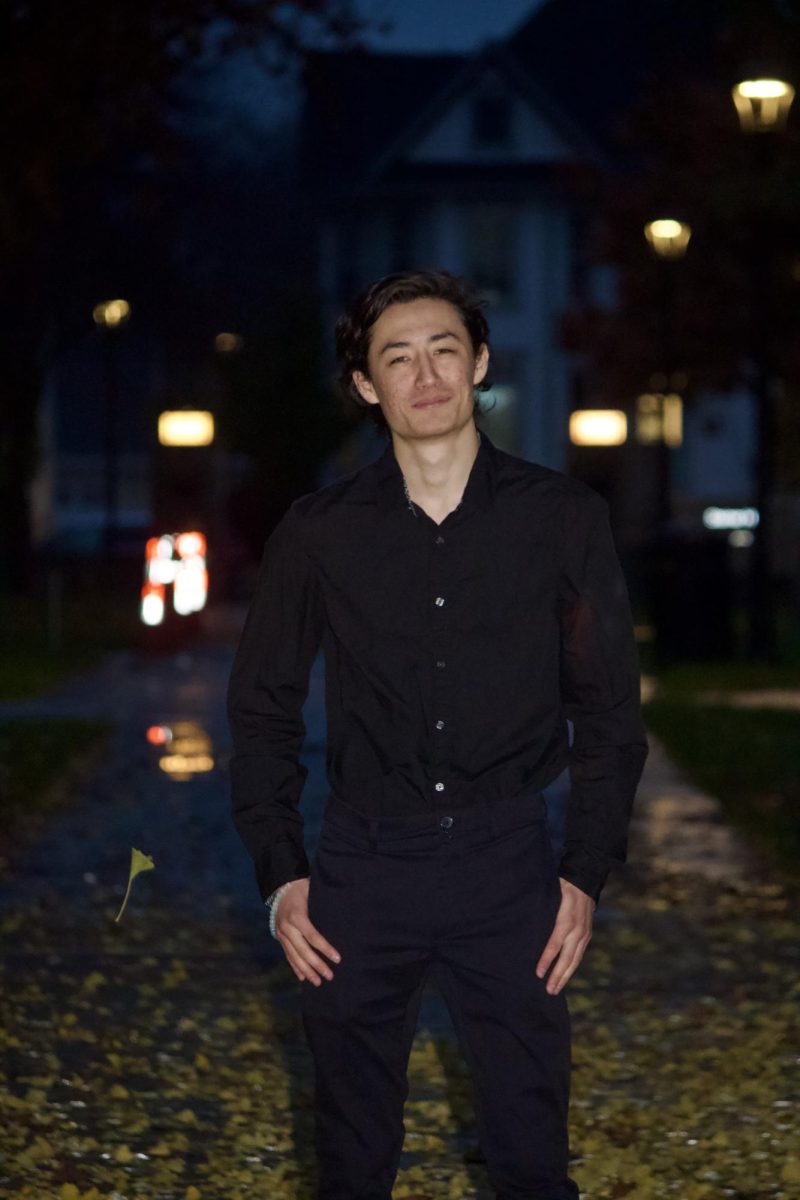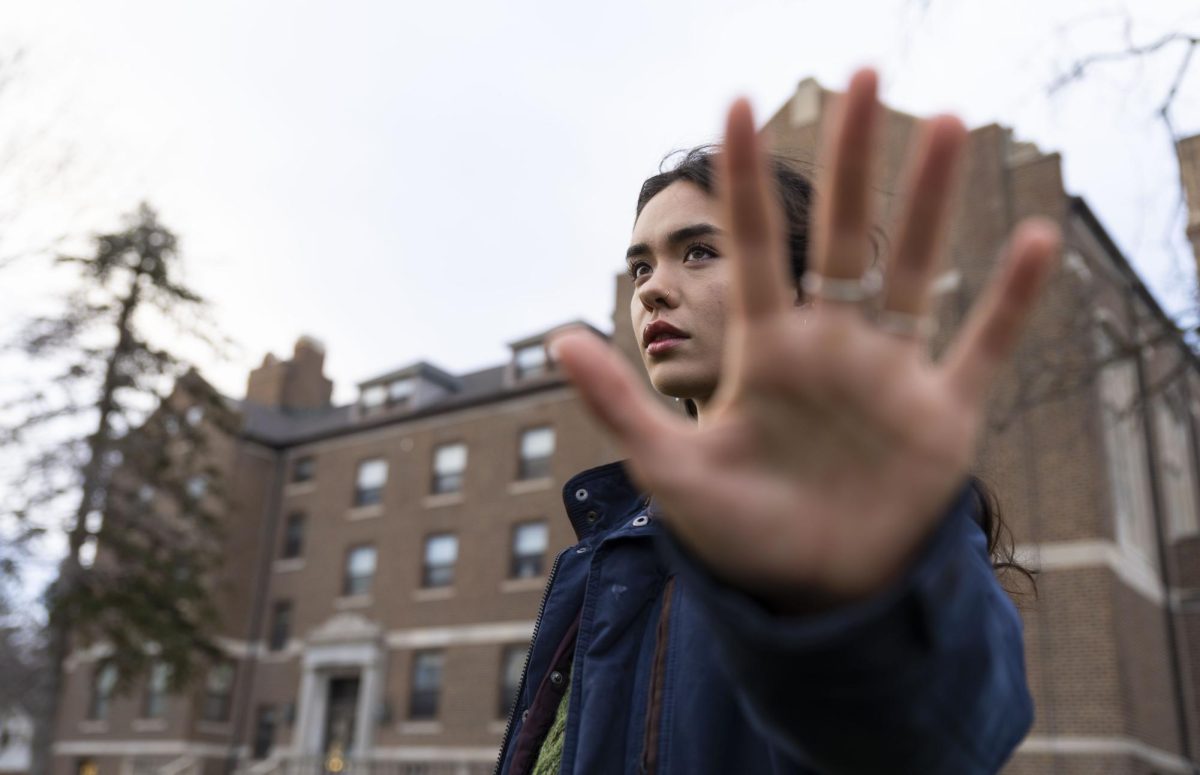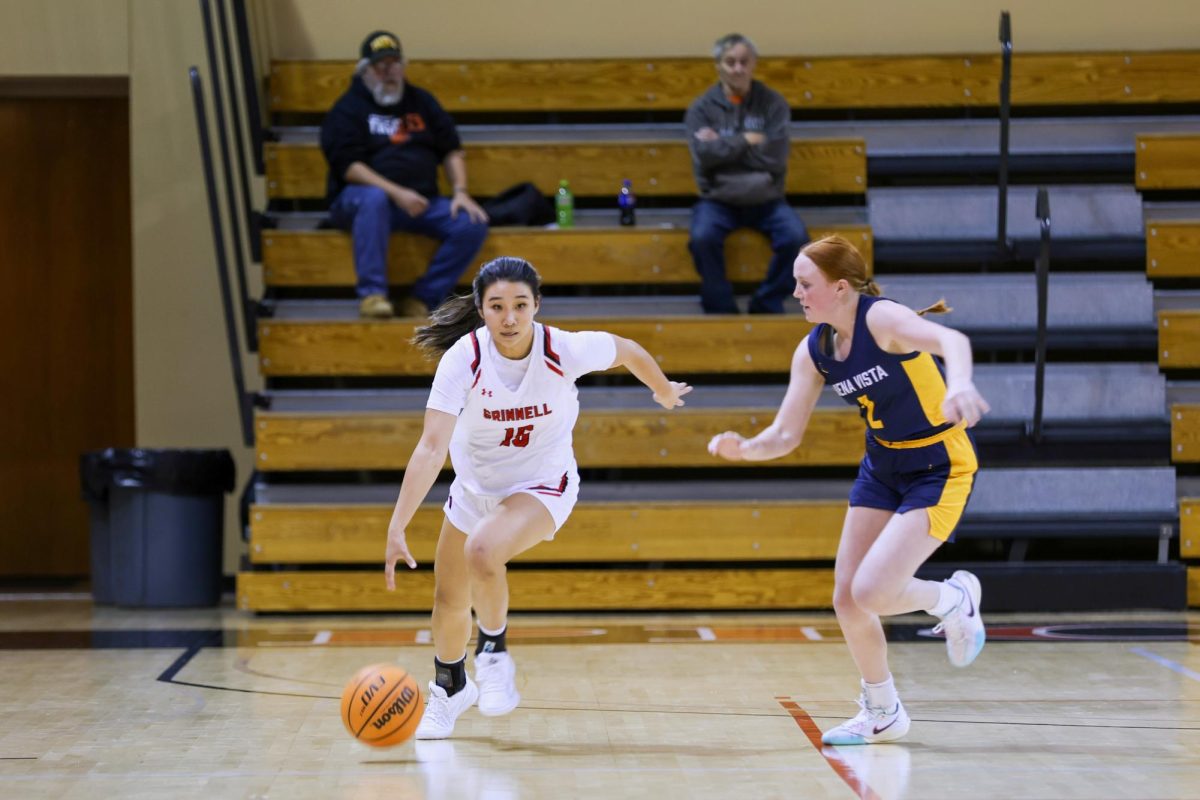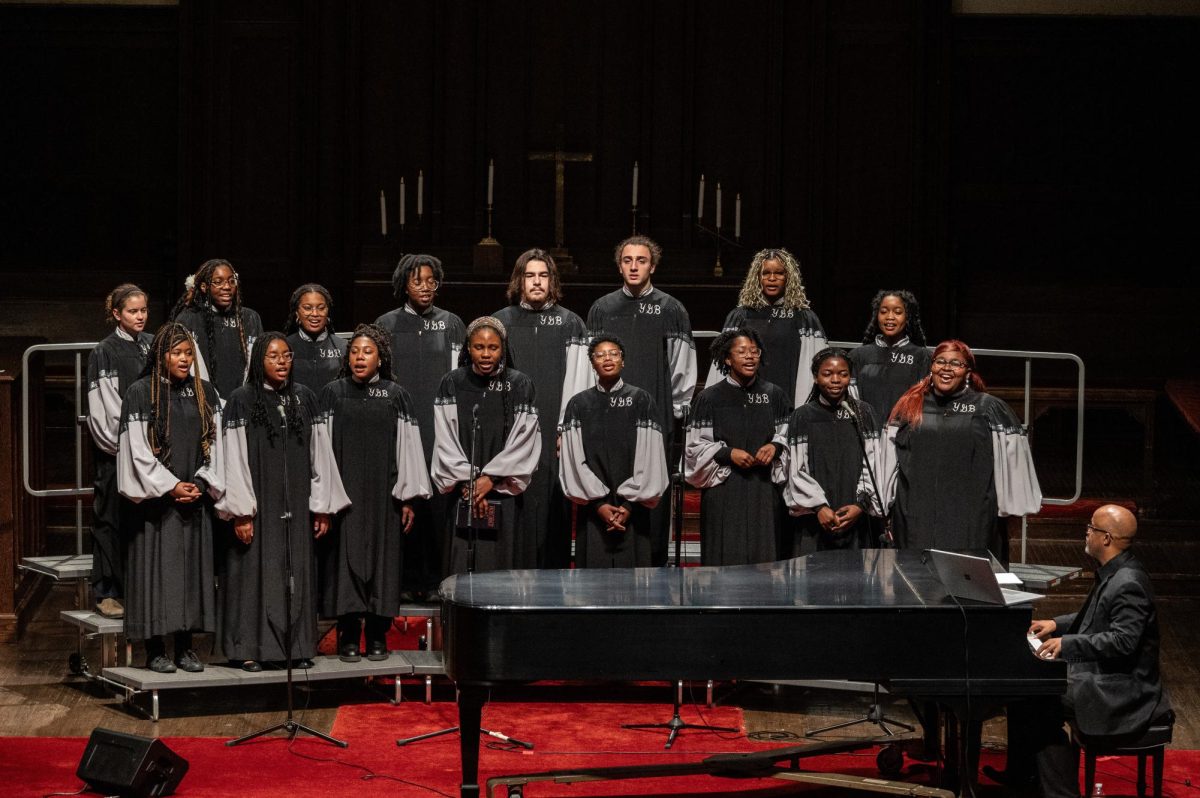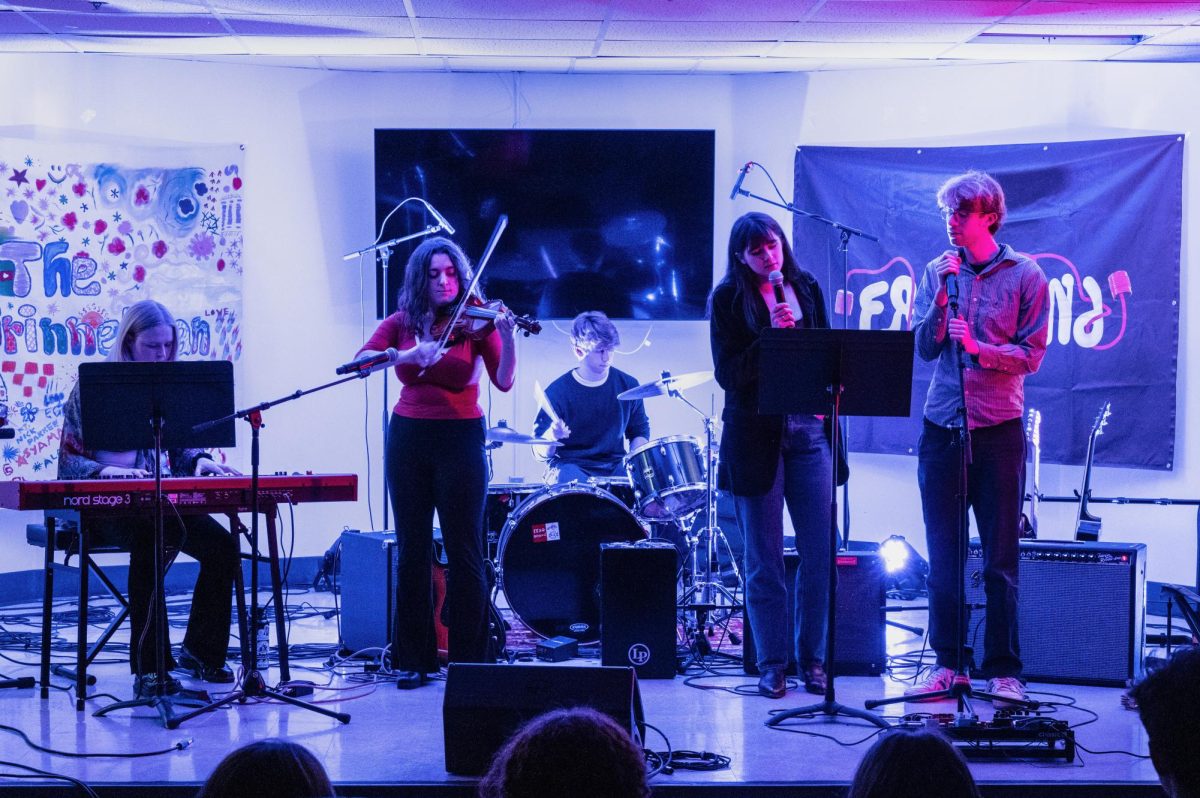Several flier fires sparked the attention of more than just South Campus residents, spurring an uncomfortable debate on self-governance and campus safety.
There have been three major incidents with a total of 30 burnt fliers since October, prompting Grinnell Fire Chief Dan Sicard to propose two unpopular options.
“We could either install a camera in the loggia to try and figure out who’s doing it,” Dean of Students Travis Greene said, summarizing Sicard’s ideas, “or let’s reduce the risk and temporarily remove the posters.”
Starting Wednesday, March 9, Facilities Management took down all of the posters in the South Campus loggia and students were not allowed to put new ones up. The poster ban has been lifted since the school re-opened after spring break, but Greene acknowledges the possibility that it may be used if another fire occurs, maybe even indefinitely.
Many students are worried about the possibility of cameras in the loggia that would allow the administration to hold individual students accountable, an invasion of privacy that has been heretofore unheard of within the self-governed Grinnell community.
“I’m against having cameras in the loggia; that’s a bummer,” said Lee Purvey ’14, who plans to live on South Campus next year.
“I am morally opposed to these cameras because I think they violate privacy and they take away from the trust that’s supposed to be between the administration and the students,” said Micah Nelson ’14.
According to Greene, cameras are an option the administration hopes to avoid.
“It’s always an option to explore, but that would be sort of the last resort that any of us would want,” Greene said. “Is it on the table? Sort of, but not really.”
Even without cameras, the fires are bringing the police and firefighters to campus more frequently than usual.
“It’s to the point now where any time there’s a report of a fire on campus, the fire chief wants to come onto campus,” Greene said. “He’s just that worried about the incidents that are going on.”
For example, when someone decided to burn a textbook outside of Cleveland one February afternoon, both the police and fire department showed up to investigate.
“Then they smelled marijuana and a bunch of students ended up getting arrested,” Greene said.
The fires are also not limited to this school year. Flier fires represent the majority of arson incidents reported since spring semester of last year. However, those involved with the investigation doubt that it is the result of a single person or single group of people. Most of the burnings happened on weekend nights, suggesting that the incidents are more the result of poor judgment than malicious intent, according to Greene.
“This unsafe and risky behavior is more likely the result of people under the influence of alcohol,” he said.
While the administration continues to trust the community to look out for each other and address safety concerns independently, the reality is that arson poses a huge threat to campus well-being, according to Greene.
“It has all these ripple effects that none of us ever really intended,” he said. “It’s disrupting the community in many ways.”
South Campus Resident Life Coordinators Rachel Wike and Darren Gallant held an informational meeting to discuss the poster burning issue and address student concerns, but no one attended. At this point, the administration is just waiting to see if the recent poster ban conveyed the seriousness of the situation.
A recent article in the B&S and posters in the dining hall reveal that students are just as concerned about the threat the fires pose to their safety and privacy. With good reason, according to Iowa state law; the flier fires are considered arson, a felony offense, or, at the very least, a serious misdemeanor.
“Whoever’s doing this needs to know that there will be serious consequences as a result of it,” Greene said.
